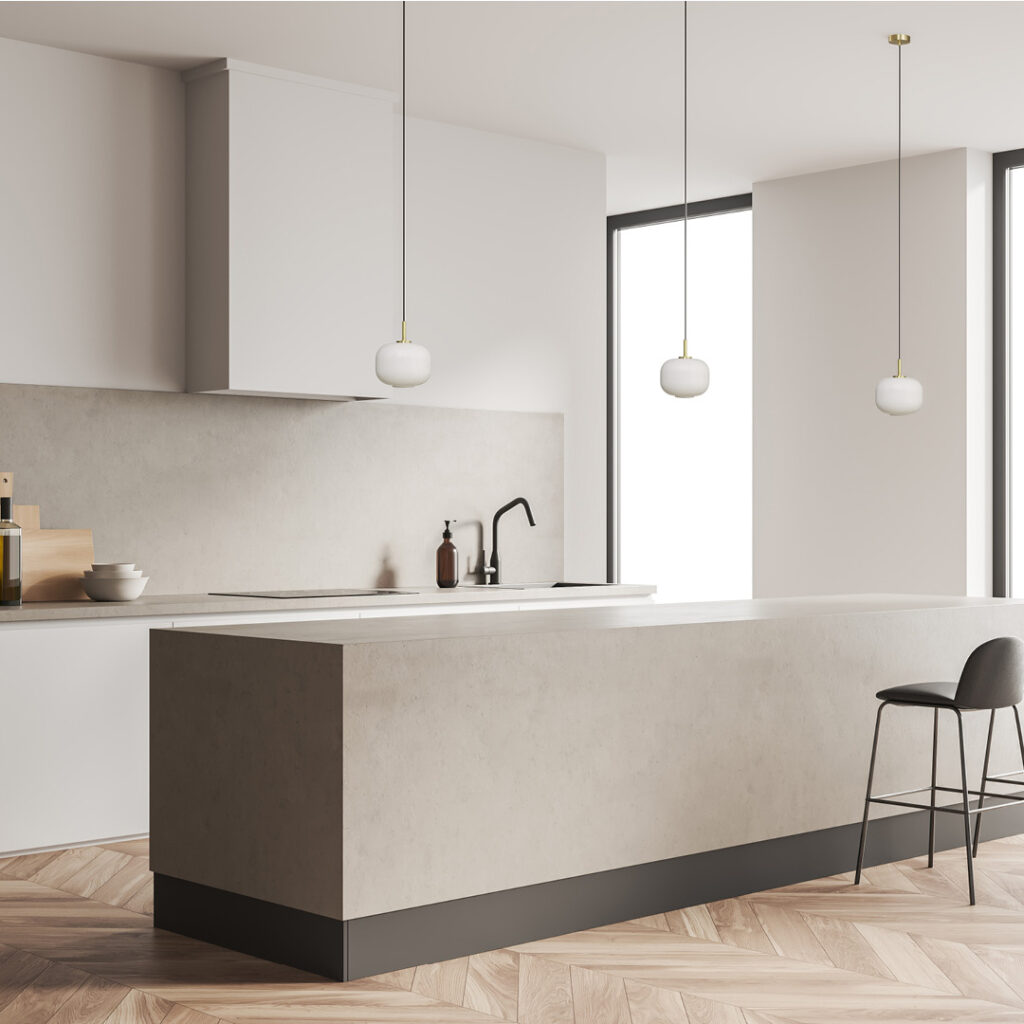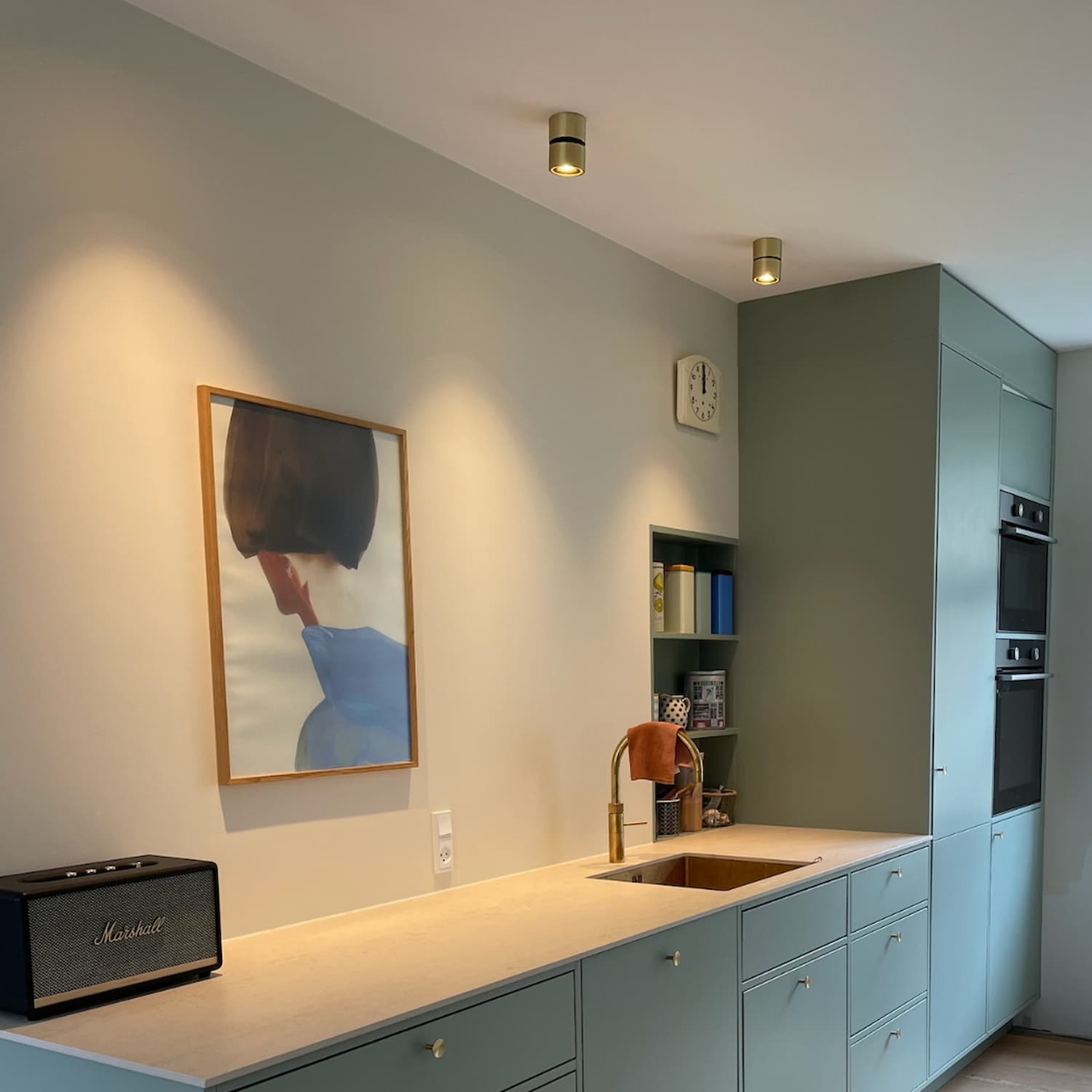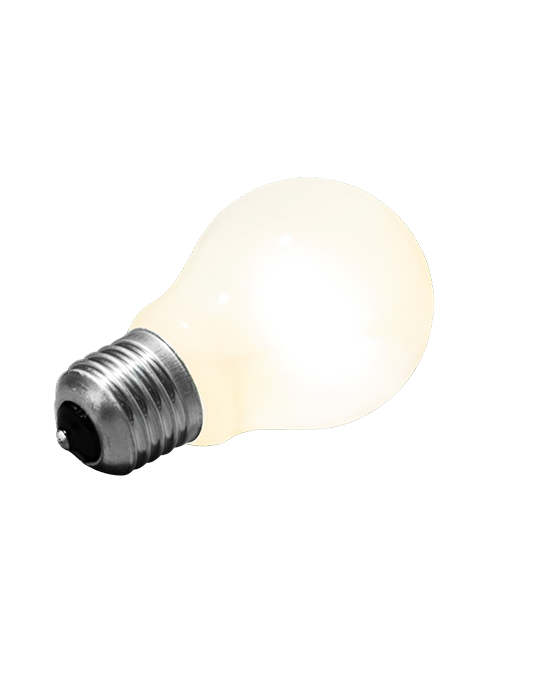Optimize your kitchen with smart kitchen lighting
- Af Søren Rasmussen
- Last updated 24. May 2024
As technology becomes an increasingly integral part of our daily lives, our homes are becoming smarter too. One area where this innovation is particularly evident is in lighting, including kitchen lighting. A well-designed and intelligently lit kitchen can not only enhance functionality but also create a pleasant atmosphere.
In this blog post, we explore how you can use lighting technology to create a well-lit and cozy kitchen, perfect for both relaxation and cooking.

A bit about the author:
Søren Rasmussen
Share post:
Related posts:
LED technology
Energy efficiency
The first technology that is indispensable when we talk about lamps and lighting is LED. LED bulbs are known for being exceptionally energy-efficient. They use up to 80% less energy than traditional incandescent bulbs, which can result in significant savings on your electricity bill. This is especially important in the kitchen, where lighting is often on for long periods. By choosing LED lighting, you can reduce your energy consumption without compromising on brightness or quality.
Long lifespan
Another major advantage of LED technology is its long lifespan. LED bulbs can last up to 25,000 hours, which is many times longer than traditional bulbs. This means you rarely have to worry about replacing bulbs, saving both time and money.
Lamps with integrated LEDs can have a lifespan of up to 50,000 hours, allowing you to enjoy them for many years. After the end of their lifespan, the driver can be replaced, and the lamp can be used again.


Smart bulbs
Smart bulbs are designed to be installed in lamps and fixtures with standard sockets (E14, E27, and GU10), making them a flexible and user-friendly solution.
Smart bulbs contain built-in technology that allows them to connect directly to the home’s Wi-Fi network or via a bridge (hub). Once connected, they can be controlled using smartphone apps, voice assistants like Google Home and Amazon Alexa, or remote controls. This makes it easy to turn them on and off, adjust brightness, and change the color temperature as needed.

Lamps with integrated LED
Lamps with integrated LEDs are designed with LED lights that are permanently installed in the lamp itself. These lamps, as mentioned earlier, often have a longer lifespan compared to replaceable LED bulbs.
Most lamps with integrated LEDs can also be controlled via smart systems and often offer more advanced options for integration and control.
One of the most advanced ways to control these lamps is with DALI. DALI (Digital Addressable Lighting Interface) is a system for those who want full and advanced control over their lighting. DALI allows precise control of each lamp, adjustment of brightness, grouping of lamps, and creation of different lighting settings.
DALI is often used in commercial settings where the need for flexibility and precise lighting is high, but it is also an excellent solution for private homes if you want advanced lighting control. With DALI, it is also possible to connect the lamps to systems like Google Home if you want even greater flexibility and the ability to use voice control and integration with other smart devices in your home.

How do you choose the right smart lighting for your kitchen?
When choosing smart lighting for your kitchen, there are several considerations you should take into account before making a purchase. Think about your needs for brightness and color temperature, as well as how you want to control the lighting – via smartphone, voice assistant, or remote control. Also, consider whether you prefer smart bulbs that can easily be installed in existing fixtures or lamps with integrated LEDs that can offer more advanced control options.
It is also important to consider where the lights will be placed. The placement of the lighting can affect both the functionality and the ambiance of the kitchen. For example, under-cabinet lighting is ideal for illuminating work surfaces, while recessed ceiling lights can provide even and broad illumination of the entire room.
Perhaps you also want some more ambient lighting, such as pendants over the kitchen island and table lamps on the shelf. By considering the placement, you can ensure that you get the best possible lighting for your needs and activities in the kitchen.
If you need more practical tips for lighting your kitchen, you can read more on the page below.